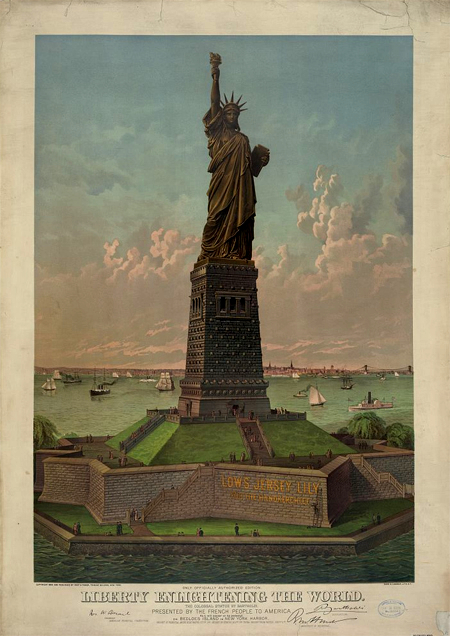SpaceX launches another 29 Starlink satellites
SpaceX last night successfully placed another 29 Starlink satellites into orbit, its Falcon 9 rocket lifting off from Cape Canaveral in Florida.
The first stage completed its 9th flight, landing on a drone ship in the Atlantic.
The leaders in the 2025 launch race:
166 SpaceX (a new record)
83 China
16 Rocket Lab
15 Russia
SpaceX now leads the rest of the world in successful launches, 166 to 136.
SpaceX last night successfully placed another 29 Starlink satellites into orbit, its Falcon 9 rocket lifting off from Cape Canaveral in Florida.
The first stage completed its 9th flight, landing on a drone ship in the Atlantic.
The leaders in the 2025 launch race:
166 SpaceX (a new record)
83 China
16 Rocket Lab
15 Russia
SpaceX now leads the rest of the world in successful launches, 166 to 136.








